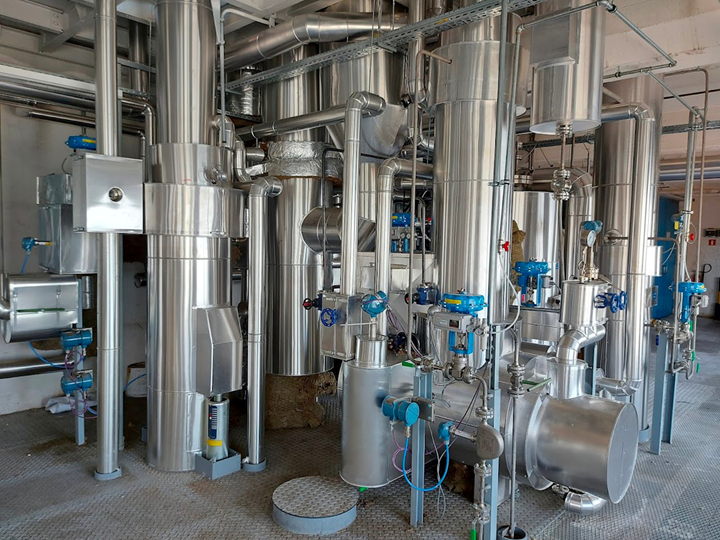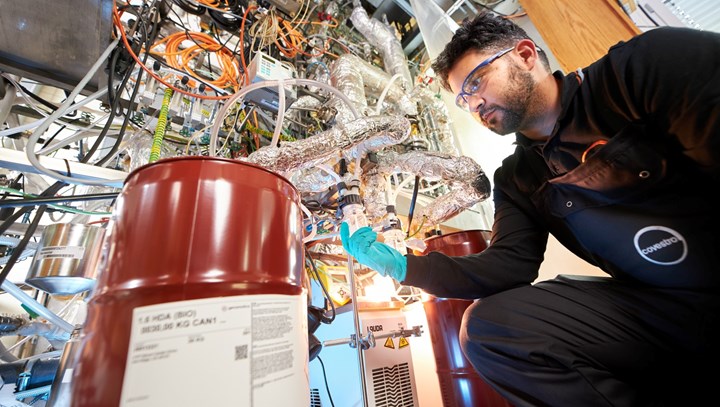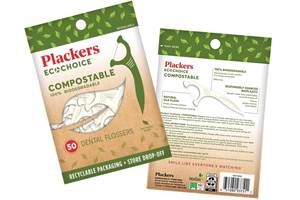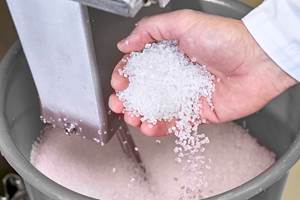Genomatica and Aquafil Start Pre-Commercial Plant-Based Nylon 6 Production
Quantities available for evaluation in nylon applications ranging from yarns for textile and carpet to engineering thermoplastics.

This past March, I reported on San Diego-based biotechnology firm (Geno) and its collaboration with Asahi Kasei to commercialize renewably-sourced nylon 66. The strategic partnership entails the use of Genomatica’s biobased HMDA (hexamethylene diamine) building block. Now, the company reports that it is one step closer to commercialization of renewable nylon 6 with its long-term partner , Italy’s nylon 6 fiber producer.
The partners produced the first several tons of plant-based nylon-6 building block caprolactam, have converted it to nylon 6 polymer and are now in the process of transforming it for evaluation in nylon applications, ranging from yarns for textile and carpet to engineering plastics for automotive as part of pre-commercial quantities from demonstration production taking place in Europe. Geno also confirmed that they also are currently exploring a range of opportunities in North America and internationally.
Having successfully completed the pilot-scale production runs of 100% plant-based nylon 6, the partners have advanced to production of pre-commercial quantities which will help determine the final design of future commercial plants. The material will go to leading global brands and their value chain partners who are eager to explore and develop renewable products, create showcase goods and test feedback with customers.
“Now, more than ever, global brands are taking action to incorporate sustainable materials into their products. We’re working to build purposeful, traceable and transparent supply chains, in this case for nylon 6, with the goal to provide more sustainable products that consumers demand and material solutions that can help brands achieve their ESG goals,” said Geno’s CEO Christophe Schilling.
Plant-based nylon-6 is just one of Geno’s major product lines on a path to commercialization. The company has executed high impact deals with a range of brands to accelerate the global commercialization of sustainable materials, with the potential to reduce greenhouse gas emissions by 100 million tons in upcoming years. A significant collaboration is with Covestro, which this past January, announced that the partners had teamed up to be the first to successfully produce significant volumes of a plant-based version of HDMA. The companies expect to produce ton quantities of high-quality material over the course of multiple production campaigns.

Both partners are already processing and testing material from their initial production campaigns, and the resulting bio-HMDA is of high purity and quality. The companies plan to advance the program to full commercial scale, and Covestro has secured an option from Genomatica to license the resulting integrated Geno HMDA process technology for commercial production.
In addition to being a key ingredient for nylon 66 production, HMDA is also an important component for raw materials for coatings and adhesives from Covestro. As mentioned previously, Geno has also formed a partnership with Asahi Kasei in this arena with a focus on nylon 66 engineering resins for automotive.
Other Geno milestones include its newly formed venture with Uniliver to commercialize and scale plant-based alternatives to feedstocks like palm oil or fossil fuels to make key ingredients used in everyday cleaning and personal care products. Another is its collaboration with Lululemon to bring plant-based materials into lululemon’s clothing products.
Related Content
How to Optimize Injection Molding of PHA and PHA/PLA Blends
Here are processing guidelines aimed at both getting the PHA resin into the process without degrading it, and reducing residence time at melt temperatures.
Read MorePrices Up for PE, PP, PS, Flat for PVC, PET
Trajectory is generally flat-to-down for all commodity resins.
Read MorePart 3: The World of Molding Thermosets
Thermosets were the prevalent material in the early history of plastics, but were soon overtaken by thermoplastics in injection molding applications.
Read MorePrices Up for All Volume Resins
First quarter was ending up with upward pricing, primarily due to higher feedstock costs and not supply/demand fundamentals.
Read MoreRead Next
For PLASTICS' CEO Seaholm, NPE to Shine Light on Sustainability Successes
With advocacy, communication and sustainability as three main pillars, Seaholm leads a trade association to NPE that ‘is more active today than we have ever been.’
Read MoreBeyond Prototypes: 8 Ways the Plastics Industry Is Using 3D Printing
Plastics processors are finding applications for 3D printing around the plant and across the supply chain. Here are 8 examples to look for at NPE2024.
Read MoreSee Recyclers Close the Loop on Trade Show Production Scrap at NPE2024
A collaboration between show organizer PLASTICS, recycler CPR and size reduction experts WEIMA and Conair recovered and recycled all production scrap at NPE2024.
Read More














